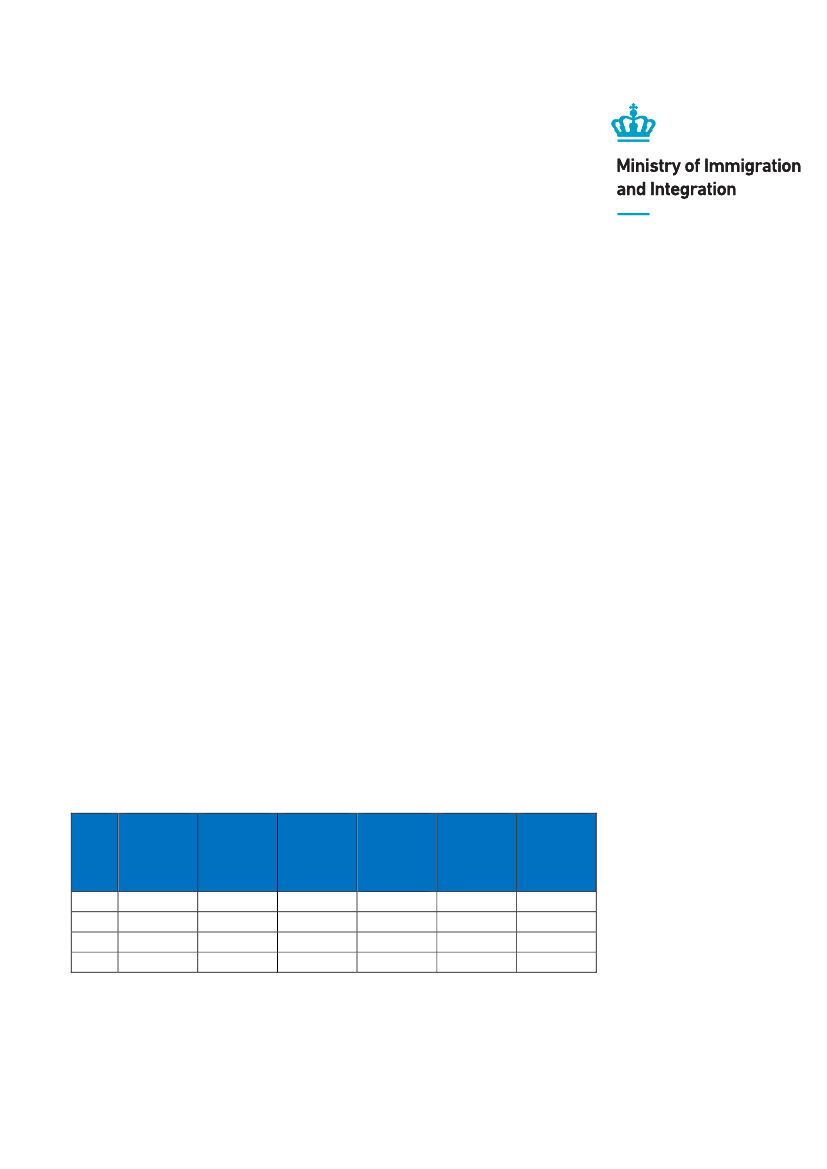
Danish Minister for Immigration and Integration
Dear Mr. Tranholm-Mikkelsen,
On 11 May 2017, the Council adopted an Implementing Decision setting out a
recommendation allowing the continuation of temporary border control on the
basis of Article 29 of Regulation (EU) 2016/339 of 9 March 2016 (Schengen
Borders Code). According to the Implementing Decision, border controls should
be targeted and limited in scope, frequency, location and time, to what is strictly
necessary to respond to the serious threat and to safeguard public policy and
internal security.
Please find below information on the results of the checks carried out at the
Danish-German border.
In the period from 14 August 2017 to 10 September 2017, a total number of
256,139 persons have been checked at the Danish ports with ferry connections to
Germany or at the Danish-German land border. 155 persons have been refused
entry, and 258 persons have applied for asylum, of which 57 applications have
been submitted in the police districts closest to the border. Furthermore, in the
period from 14 August 2017 to 10 September 2017, the Danish Immigration
Service has made a total number of 88 requests according to the Dublin
Regulation to other Member States as well as 64 decisions to transfer an asylum
seeker to another Member State based on acceptance of responsibility from the
Member State. The numbers broken down per week are:
Week
Number of
persons
checked
33
34
35
36
75,758
66,554
59,599
54,228
Number of
refusals of
entry
43
43
40
29
Number of
asylum
requests
57
54
61
86
Number of
asylum
requests in
border area
21
11
10
15
34
19
20
15
14
15
13
22
Dublin
requests
Dublin
decisions
21 September 2017
Slotsholmsgade 10
DK-1216 Copenhagen K
Denmark
Phone
Email
Website
CVR no.
Case no.
Act ID
+45 6198 4000
www.uim.dk
36977191
2017 - 9492
286970
The Danish border controls consist of spot checks based on continuous
observation of traffic across the border. This means that only some vehicles are
being examined based on a specific assessment. The assessment is made on the
basis of analyses, intelligence and the experience of the border guards. These
Page
1/2